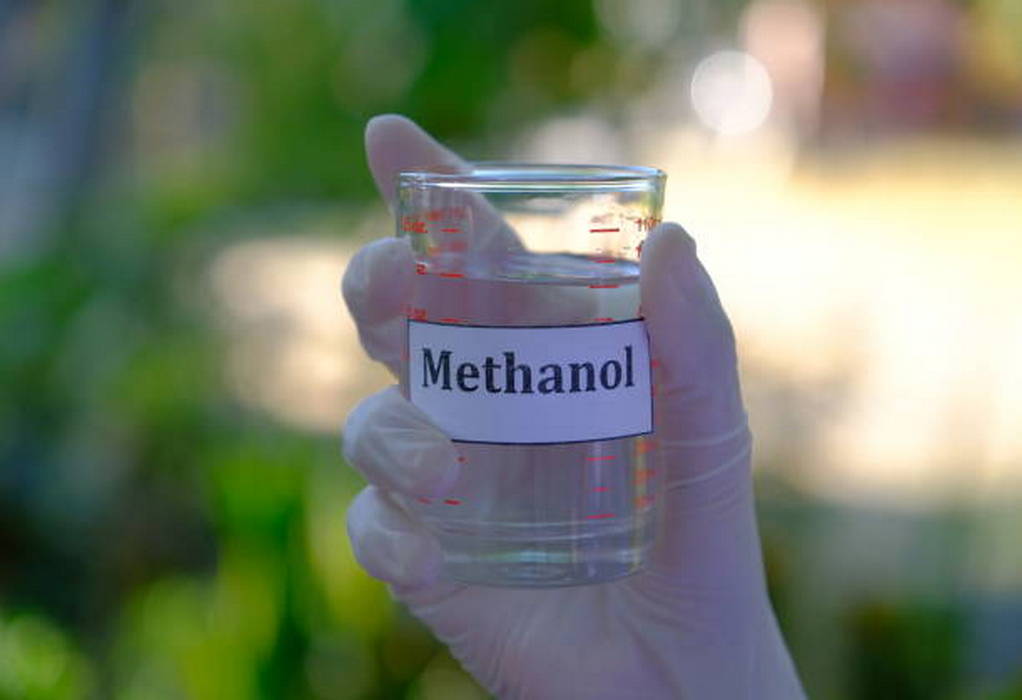Esvagt and Ørsted have sealed a deal for a second methanol-powered service operation vessel (SOV).
Esvagt is already building a 93-m-long SOV in Turkey, set to enter service by the end of 2024 at the world’s largest offshore wind farm, Hornsea 2, off the UK’s east coast.
The second unit will be a sister vessel and ready for launch in 2026 to operate out of Ørsted’s UK East Coast Hub on a 10-year contract.
Both newbuilds will be powered by dual-fuel engines capable of sailing on renewable e-methanol produced at Ørsted’s facility in Sweden. Estimated yearly carbon emission reductions are around 4,500 tonnes per ship.
Ørsted has set a target to become carbon-neutral in its energy generation and own operations by 2025, and the additional green fuel SOV is expected to build on that, as the utility works towards its science-based target of reaching net-zero emissions across the full value chain by 2040.
Tags: Esvagt, Methanol, Orsted, Vessels



Recent Posts
Seafarer Wellbeing Highlighted in New Decarbonisation Guidance from ISWAN
India Outlines Green Hydrogen Strategy at World Hydrogen Summit 2025 in Rotterdam
Port of Rotterdam and EDGE Navigation Partner to Advance Liquid Hydrogen Infrastructure
Finnlines Launches Low-Carbon “Green Lane” Sea Transport Service with Up to 90% Emission Cuts
Microsoft Teams Up with NORDEN to Cut Maritime Supply Chain Emissions
Höegh Autoliners’ Fifth Aurora-Class PCTC Enters Service with Multi-Fuel Capability
Next-Gen Marine Propulsion: MAN Launches Methanol Super Engine
Port of Amsterdam Marks First Ship-to-Ship Methanol Bunkering